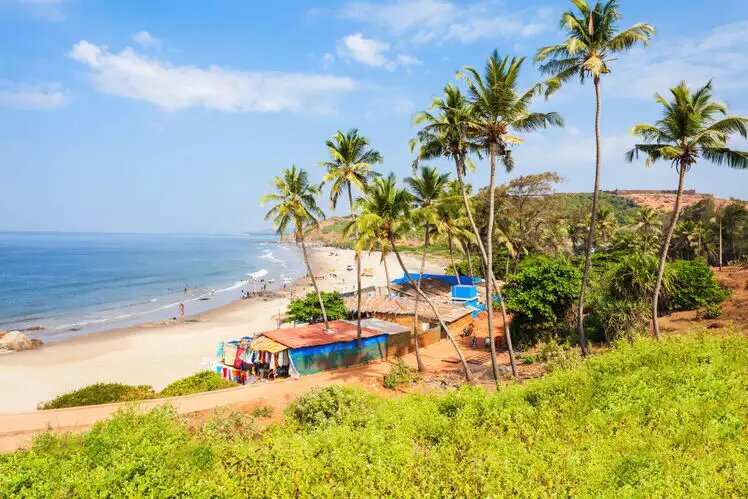The UNESCO (United Nations Educational, Scientific and Cultural Organization) adjudges sites of historical, scientific and cultural importance the title of world heritage sites specifically with the objective of conservation of monuments and sites for posterity. India currently has about 37 UNESCO world heritage sites – the sixth country to have the largest number of sites – with almost 15 of them based in North India.
UNESCO World Heritage sites located in the northern part of the country that are a must-visit include-
- Humayun’s Tomb in New Delhi
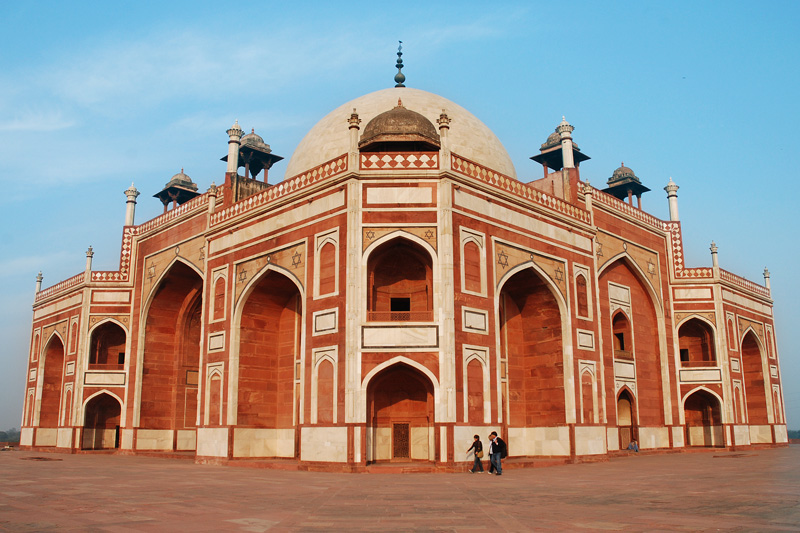
The Humayun’s Tomb in New Delhi built in 1570 this monument was enlisted as a World Heritage Site in 1993 because of its cultural significance. The tomb or the funerary was built in the memory of Emperor Humayun by his widow Hajji Begum. The entire complex has another 150 tombs of other members of the Emperor’s family. The Persian architects Mirak Mirza Ghiyas and his son was designed to this tomb. Built extensively with red sandstone on the banks of river Yamuna and surrounded by Charbagh garden, the monument is perceived to be an example for later monuments built by Mughal emperors.
- Qutub Minar in New Delhi

Visit Qutub Minar in New Delhi located in South Delhi the Minar was built by Qutub-ud-din Aibak in 1368, the first ruler to rule Delhi from the Mamluk Dynasty. Notable thing about the structure is that over different periods, different rulers constructed and added to the complex. In recent years, the Archaeological Survey of India has restored the complex to a great extent and is also the venue of the famous Qutub festival. The Iron Pillar here is quite popular amongst tourists and visitors because the pillar has not undergone any form of rusting.
- Red Fort in New Delhi
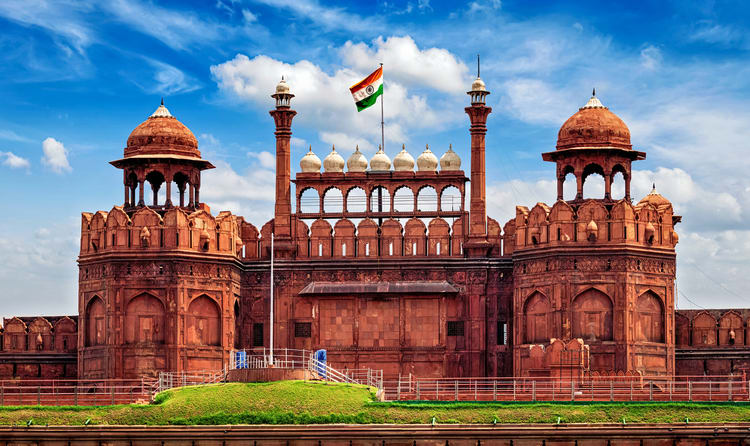
Shah Jahan, the fifth emperor belonging to the Mughal dynasty built the fort of red sandstone which was the official place of residence of the Mughal rulers for almost 200 years, till about the mid nineteenth century. Palatial apartments, the stream of Paradise and gardens are classic examples of the Islamic architecture.
- Taj Mahal in Agra
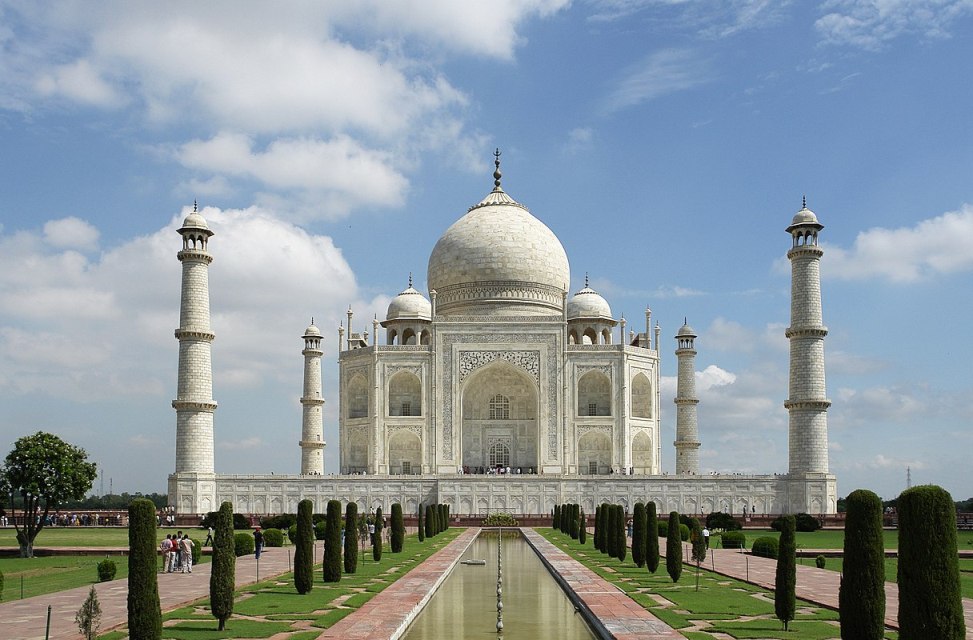
Taj Mahal in Agra is a monument dedicated to love and built completely of ivory-white marble, the Mahal was built on the banks of river Yamuna by Mughal emperor Shah Jahan in the memory of his wife Mumtaz Mahal and is estimated to be an expensive one too. The structure houses the tomb of the emperor and his wife and was designated by UNESCO in 1983. It is also one of the Seven Wonders of the World and attracts millions of visitors every year.
- Fatehpur Sikri at Agra
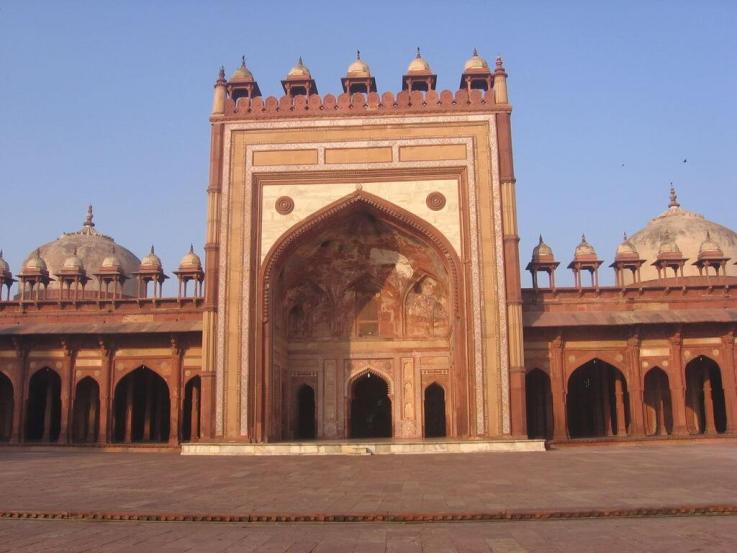
A small town that was chosen as the capital of the Mughal Empire by Emperor Akbar until 1610. The place was made for his army to relax and was made into a walled city after his son’s second birthday. The city has been built by red sandstone and is a good example of culmination of Hindu and Muslim architecture.
- Agra Fort in Agra
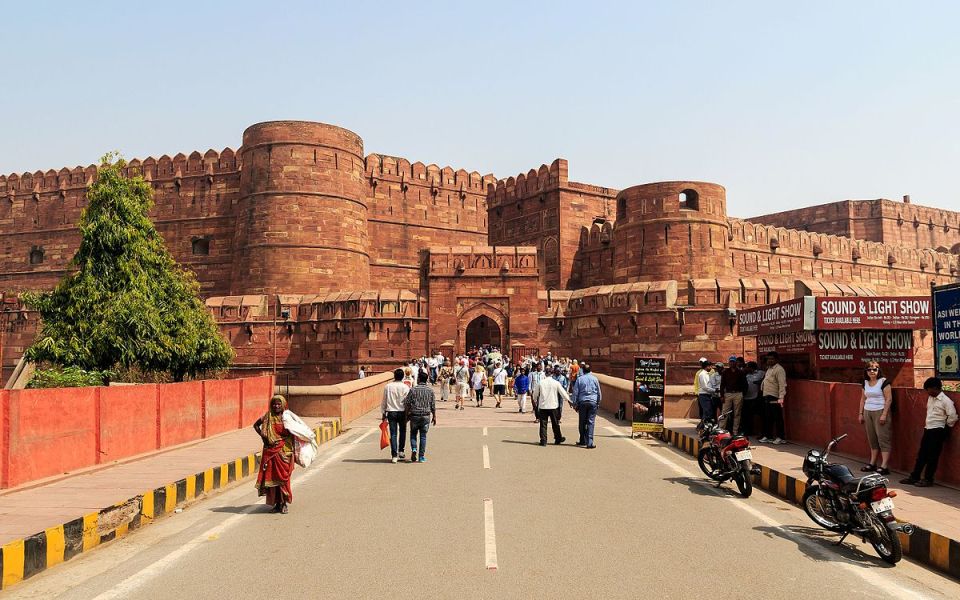
Before the Mughal dynasty in India shifted their capital from Agra to Delhi. This was the official residence of the Emperors. The Agra fort is located about 2.5 km from the Taj Mahal, this walled city made from red sandstone was termed as the brick fort, Badalgarh. It took about 8 years and 4000 workmen to build the fort. During Shah Jahan’s rule, some parts were remade with marble.
Read Also: Agra Walk – Enjoy a Heritage Walk Trip in Taj City
- Jantar Mantar at Jaipur
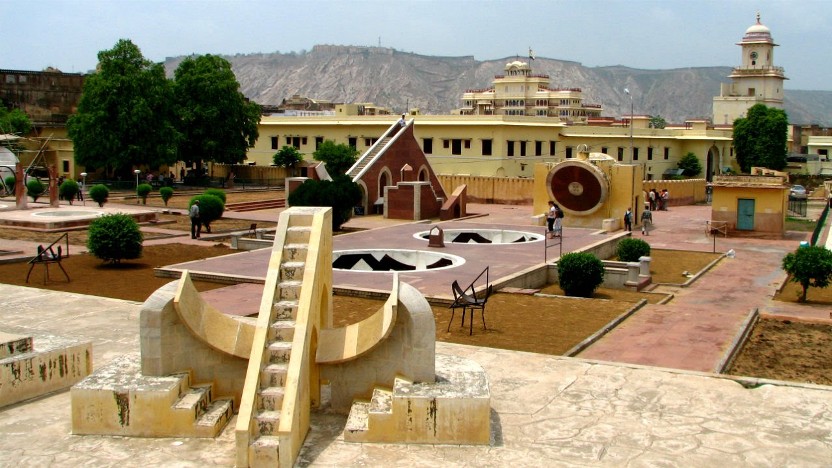
Visit Jantar Mantar in Jaipur built by Raja Sawai Jai Singh II. The world’s largest sundial built in stone is a key attraction here. There are other 18 more astronomical structures in the complex made on the basis of the Ptolemaic positional astronomy. The observatory has been built close to the City Palace and Hawa Mahal in Jaipur.
- Great Himalayan National Park
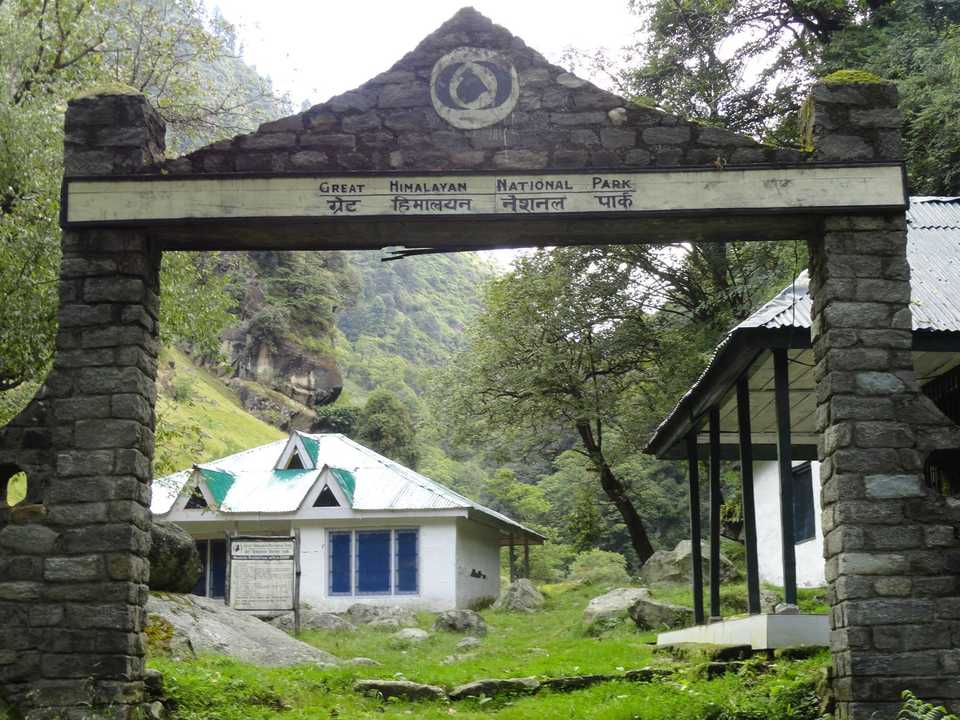
The Great Himalayan National Park which is located in the Kullu valley in Himachal Pradesh. The park is spread from an altitude of 1500 meters to 6000 metres and is home to different flaura and fauna species. The UNESCO added it to the list of World Heritage Sites in 2014 due to its biodiversity conservation.
- Nanda Devi National Park and the Valley of Flowers in Uttarakhand
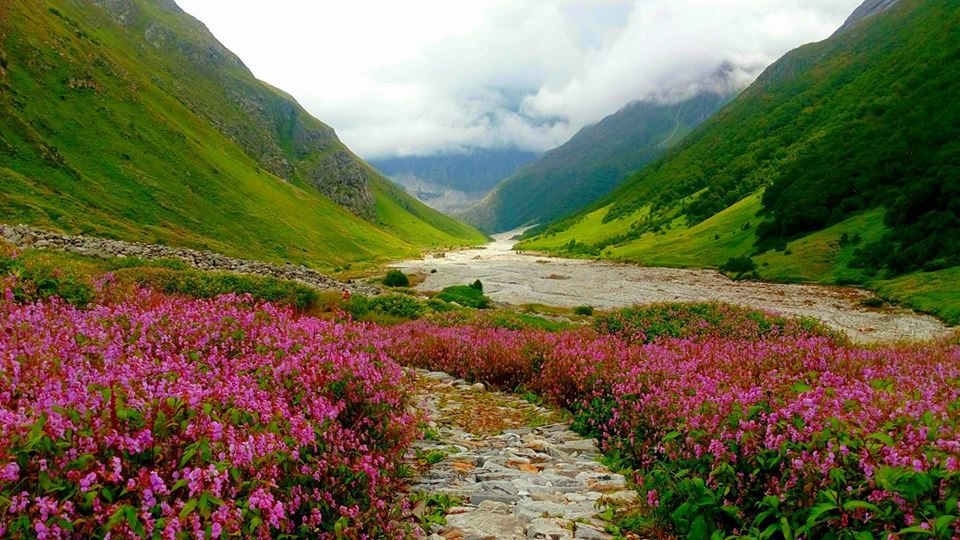
The alpine flowers, the snow leopard, blue sheep, Asiatic black bear are some key attractions here. Located on the Garhwal Himalayan range, the park covers a total area of 87.5 sq km.
Read Also: Uttarakhand – The Real Epitome of Heaven on the Earth
- Hill Forts of Rajasthan
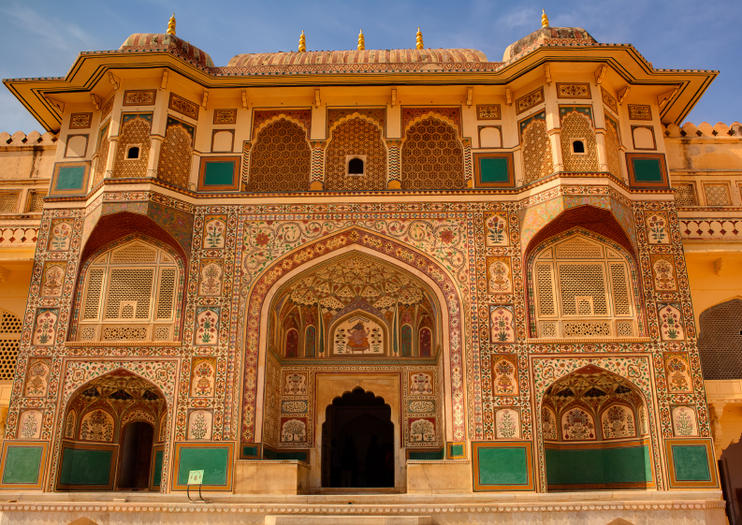
Six forts and palaces built on various hills in Rajasthan have been listed as UNESCO World Heritage Site. The forts are – Chittor Fort at Chittorgarh, Kumbhalgarh Fort at Kumbhalgarh, Ranthambore Fort at Sawai Madhopur, Gagron Fort at Jhalawar, Amer Fort at Jaipur and Jaisalmer Fort at Jaisalmer. The forts are characterized by their fortified structures, some as long as 20 km. These all Rajasthan forts and palaces are most popular part of cultural and heritage Rajasthan Tour.
Read Also: Top 10 Forts & Palaces of Royal State Rajasthan
- Keoladeo Ghana National Park
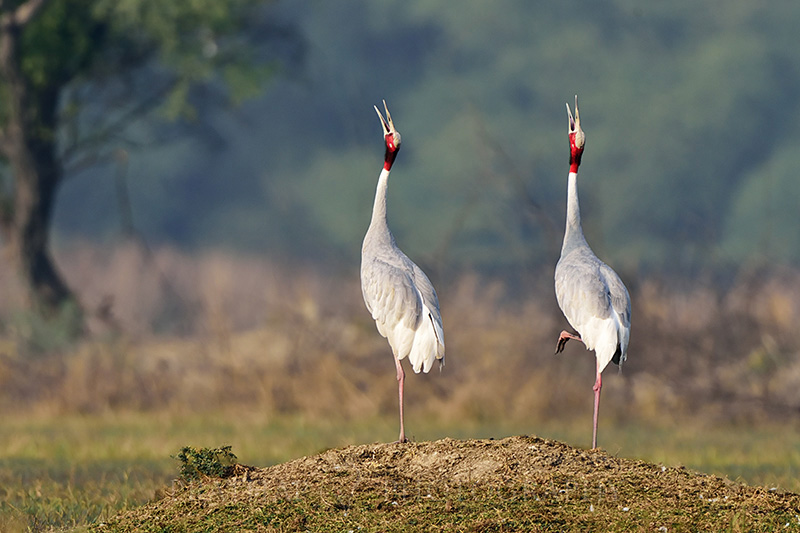
Keoladeo Ghana National Park popularly known as the Bharatpur Bird Sanctuary is located in Rajasthan and is home to about 230 species of birds and host to thousand others annually. A man-made national park and a protected sanctuary, many migratory waterfowls flock here during the winters making it one of the best bird-watching areas in the world. Erco Travel is most reputed tour operator in India which offers the amazing North India heritage tour package to visit these all above heritage sites in one package.
Read More:


